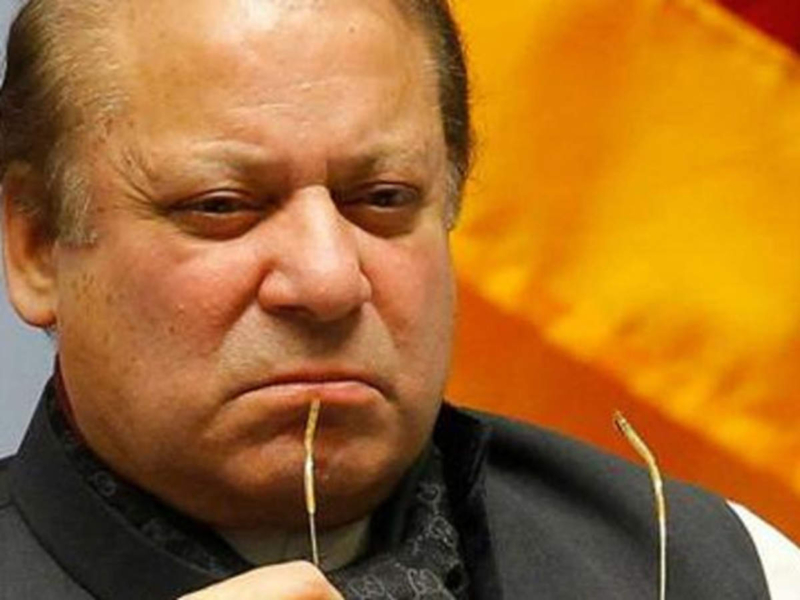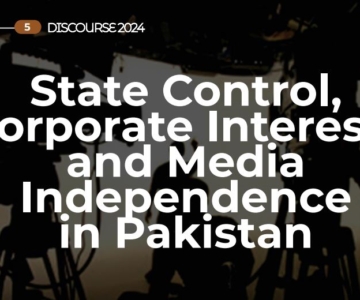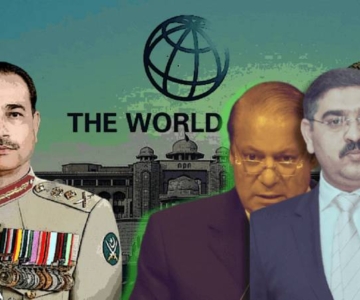In early June, the PML-N completed one year in office and presented its second budget before the Parliament. Both these events were overshadowed by the ghastly attack at Karachi airport and the vulnerability of the major installations to terrorism. Within days of this attack, the long-delayed operation in North Waziristan was launched. Nearly a week ago, the PML-N blundered by using excessive force against the workers of Pakistan Awami Tehreek (PAT), a political adversary in Lahore resulting in the deaths of eight PAT activists. Such use of brutal force has led to public outrage and nervousness in the PML-N camp is evident.
The succession of events comes in the wake of four major developments. Three are domestic and the fourth is regional. First, tensions between Pakistan’s powerful military and the prime minister have been building up. While the structure of Pakistan’s power relations is tilted towards the civil-military bureaucracy, the immediate cause for the recent tensions happens to the continued incarceration of former President Musharraf. Dozens of conspiracy theories are flying around but this was bound to happen. Sharif and his cabinet are doing what the law tells them to. After all, General Musharraf violated the Constitution for the second time in November 2007. The first violation the 1999 coup gained some measure of legal cover through the Supreme Court decision but the second one was not ratified by a judiciary which shifted its policy of siding with the military executive in early 2007.
The second relates to a reported divergence between the civilians and the military in tackling the anti-state extremist groups working under the banner of Tehreek-e-Taliban Pakistan (TTP). For months, the civilian government, for a variety of reasons, tried to negotiate with the TTP. It is said that the incumbent army chief and his colleagues have a clearer view on the issue. After years of policy inaction, the military has decided to clean up and even abandon some of its earlier allies in the northwest of the country. It is difficult to ascertain the exact nature of this divergence but surely the civilian attempt to take charge of the security policy has not gone too far. On the night of attack at Karachi airport which killed dozens, the civilian ministers of defence and interior were conspicuous by their absence and the military was leading the operations. Nothing extraordinary as in times of emergency, militaries fulfil this role. However, the fact that the minister of defence is not seen at high profile civil-military meetings does indicate that there is a problem of an unknown magnitude.
The third development has been the rollback of some of the media freedoms. In the recent media controversy, the civilian government was running with the hare and hunting with the hound. One minister was supporting media freedoms while the other was petitioning the regulator to ban the channel. That round predictably was won by the military. Now the recent suspension of ARY News is the civilian response and let’s see where this will take us. The net result of these unfortunate developments has been that the hard earned and much celebrated media freedoms have received a hard blow. In part it is the fault of corporate media as it overestimated its power in dealing with the military and in part it is the reassertion of who actually wields power in Pakistan. Some commentators have alluded that the current situation reflects the growing civilian space and the retreat of the military. Such a verdict is premature and needs further examination. In effect the military has also demonstrated its ability to divide the media and take charge of the public narrative.
Fast changing regional dynamics have had their impact in Pakistan, too. India’s swing to the right and the election of Narenadra Modi has scared many and has paradoxically opened up possibilities. The BJP historically has done business with Pakistan and based on this view, Prime Minister (PM) Sharif visited India. Upon his return he was greeted with the usual scepticism, which was extraordinarily whetted by the ongoing civil-military tension. Concurrently, the NATO drawdown from Afghanistan is about to happen and Pakistan’s military is keen to secure its borders before the US troops leave. Hence the ongoing operation. On India and Afghanistan, despite the rhetoric there is a bigger cleavage between the civilians and the military. PM Sharif wants to open up trade, grant NDMA status the rechristened MFN to India and strictly follow the policy of non-interference in Afghanistan. Others differ given how India is a real and constructed enemy and has to be contained on the eastern and western borders. This is where the foreign policy agenda of the civilians faces a huge challenge of what Pakistan’s bureaucrats term the ground reality.
In the past, it took Nawaz Sharif a couple of years to reach this quagmire. He governs or at least tries to in a difficult country with lopsided power structures. But he has not helped matters in the past one year. Decision-making remains a handiwork of a small kitchen cabinet with little parliamentary input. The standing committees in the Parliament were created after much delay. It is telling that not a single noteworthy law has been passed by the current Parliament during the one year of its existence.
On the economic front, things are somewhat brighter not due to a comprehensive reform effort but through Saudi largesse, continued assistance from the West and increasing workers’ remittances (close to $15 billion per annum). Mega projects are popular with the urban electorate and the loans for youth have generated interest. But Pakistan needs more investment and political instability and terrorism will only deter the investors.
The ugly incident in Lahore does not bode well for the incumbent government. The Punjab administration has tried to rectify the situation by taking some bold decisions but there is now a cause for Dr Tahirul Qadri to launch agitation. PML-N’s electoral foe, Imran Khan, continues protesting against the so-called rigging of May 2013 election. Use of force will only make matters worse. After a year in office, PM Sharif needs to clean up his cabinet, change under-performing ministers, use Parliament to his advantage and mend fences with the military. The latter is even more important as Pakistan is in the midst of an undeclared civil war. In Karachi and North Waziristan, the state is trying to regain its lost writ. Sharif has the constitutional mandate to govern for the next four years but that may just not be enough.



